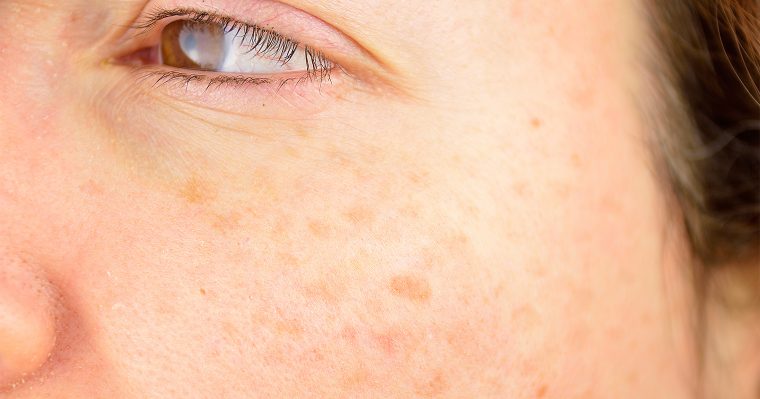Age Spots – The Most Prominent Eyesore of Aging Skin
Age spots are flat, dark spots on the skin. They can be brown, black, or gray and vary in size. These spots are a form of hyperpigmentation, and they occur most commonly on hands, face, shoulders, and arms. These spots also go by the name of liver spots, sunspots, and solar lentigines. They mostly appear in adults over 40 years of age, but younger individuals can also get them in case of excessive sun exposure or artificial tanning.
Similar to cancerous growths in appearance, these spots are a sign that the skin has experienced excessive sun exposure. The skin develops these spots as an attempt to prevent further sun damage. Age spots are common in people with lighter skin, as they have more sensitive skin. Although age spots do not need treatment, they can be a reason for low self-esteem or confidence among people conscious about their appearance. So, many people seek treatment either by complete removal or lightening of the spots.
Age spots occur because of the overproduction of melanin. The exact cause of age spots incidences cannot be determined always. However, the skin aging and exposure to the sun, as well as other UV-light sources like tanning beds, are the general reasons. To understand the causes and treatment of age spots, it is important to know the skin structure and the effect of aging on it.
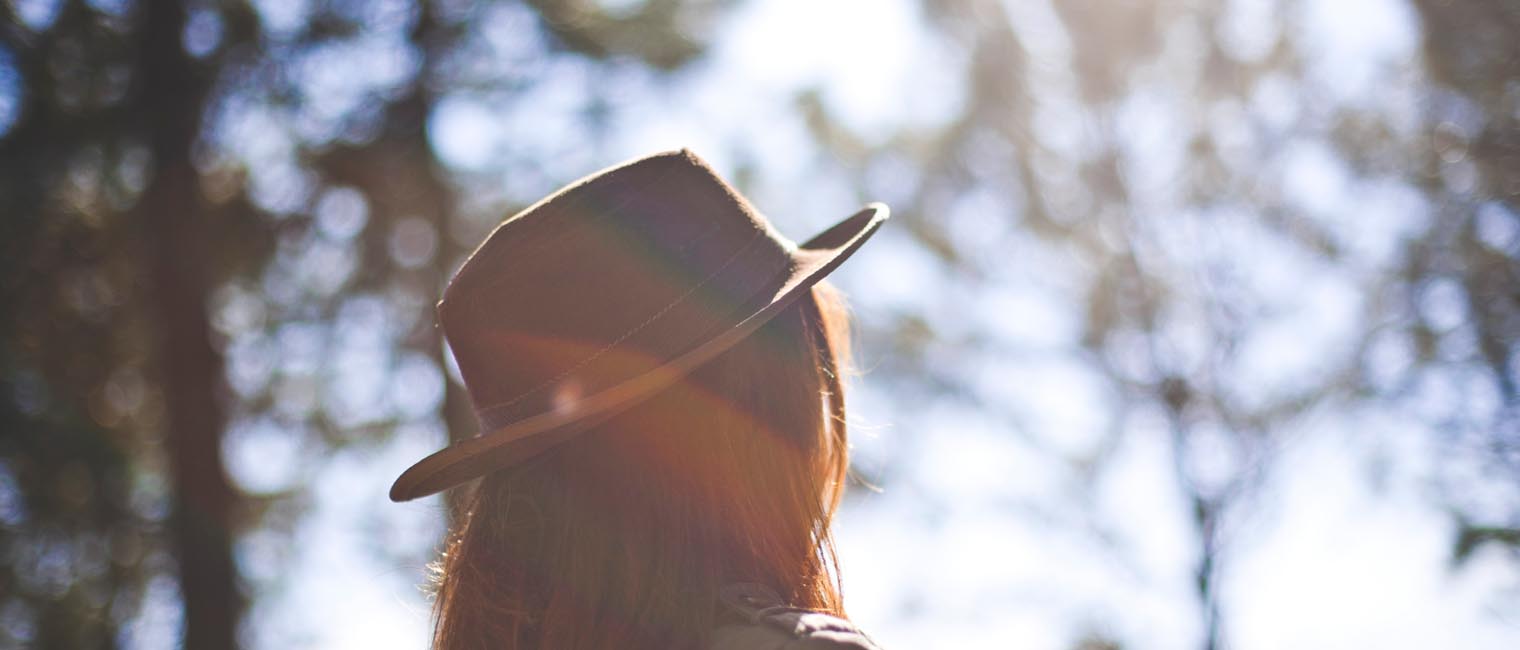
Skin structure
The skin is the largest organ of the human body. It has many crucial functions like protecting the body against external trauma, maintaining electrolyte and water balance, controlling body temperature, synthesizing vitamin D, and sensing stimuli. The skin is composed of three layers including epidermis, dermis, and the subcutaneous layer (fat layer). Every layer has different crucial functions.
Epidermis
It is the outermost layer and acts as a waterproof barrier. It determines the skin’s tone. It continues shedding dead cells and replaces them with new cells. The most common cells in this layer are keratinocytes. These cells offer protection against parasites, bacteria, fungi, ultraviolet (UV) rays, heat, and water loss. The layer is devoid of blood vessels.
The color/tone of the skin owes it to a pigment called melanin, released by the cells called melanocytes. These cells are present in the epidermis and responsible for protecting the skin against UV radiation.
The epidermis has further five layers, such as stratum corneum, stratum lucidum, stratum granulosum, stratum spinosum, and stratum basale. New cells (keratinocytes) originate from stratum basale (basal layer) and move all the way up to the stratum corneum. Melanocytes also come from the basal layer.
Dermis
The dermis is largely composed of connective tissue. This layer gives skin its strength and elasticity. It contains blood and lymphatic vessels as well as hair follicles. It also houses several glands like sweat glands and sebaceous glands. The sebaceous glands release sebum (oil) that prevents dehydration and maintains the suppleness of skin and hair.
The dermis comprises two layers: the papillary region and the reticular region. The latter is responsible for skin’s elasticity and strength.
Subcutaneous Tissue
This is the deepest layer of the skin, also known as hypodermis or subcutis. Technically, it is not a part of the skin, but helps attach it to muscle and bone while ensuring blood supply. It is also known as the fat layer because of its high-fat content. It is composed of elastin (a protein that helps the tissues get back to their original shape after stretching) and connective tissue apart from the fat. The high-fat content helps insulate the body from heat and cold while preventing excessive loss of heat. It also pads the bones and muscles.

How aging changes in skin structure result in age spots?
As discussed in the article hyperpigmentation, age spots are linked to excessive production and abnormal distribution of melanin. They occur because of skin aging, primarily due to chronic sun exposure. UV rays coming from the sun or any other source can accelerate the skin aging and lead to the same, and sometimes severe, symptoms of aging. The mechanisms behind the development of age spots are not ascertained yet. However, skin aging especially through photoaging is mostly associated with structural changes in the skin leading to age spots. On the UV exposure, melanocytes respond to protect the skin by producing more melanin.
Studies show an increased expression of keratinocytes in age spots, which interrupts the normal upward transfer of melanin from the basal layer.
The changes in the production of vital cells like keratinocyte and melanocyte as a result of aging also change the structure of the skin. With age, the proliferation of basal keratinocyte is reduced. As the proliferation of the main cells in the epidermis has declined, the layer starts to thin.
The dermal-epidermal junction appears to be flattened. The same process occurs because of photoaging, the impact of excessive UV exposure. Nevertheless, the epidermis becomes more fragile and becomes unable to protect against external stimuli like UV rays.
It leads to the overproduction of melanin as the protective mechanism of the epidermis (via keratinocyte) against the rays has been compromised, thus leading to the development of age spots. In the case of chronic sun-exposure along with aging, the pigmentation becomes intense and uneven.
In women, age also leads to menopause, which causes hormonal changes. These changes overstimulate melanocytes resulting in increased melanin production. Our blog post on skin problems among 40+ women elucidates these changes in detail.
Are there different types of age spots?
There are three main types of age spots.
1. Senile lentigines
Senile lentigines, also known as “old age spot” or “senile freckle”, are light brown or black in color. These spots are associated with chronic sun exposure. They exist in irregular shapes and appear on the face and back of the hands. They are quite common among people over 50 and a part of photo-aged skin.
2. Seborrheic keratosis
Also called raised age spots or barnacles of aging, these spots appear as light brown pigmentation and get darker over time. They are slightly raised and thicken gradually until they look like warts with a ‘pasted-on’ look.
They tend to expand and get bigger over time. They can appear anywhere on the skin except the soles and palms. Commonly, they are visible on the head, back, neck, and chest.
Regardless of the size or distribution of these age spots, they are not contagious or detrimental.
3. Melasma
These spots are symmetrical and visible on the cheeks and forehead. In some cases, they are also prominent on the chin and upper lip. They are caused by hormonal changes, genetic influence, phototoxic drugs, and UV-exposure, certain anticonvulsants, and cosmetics. These spots also appear when a person is on birth control pills.
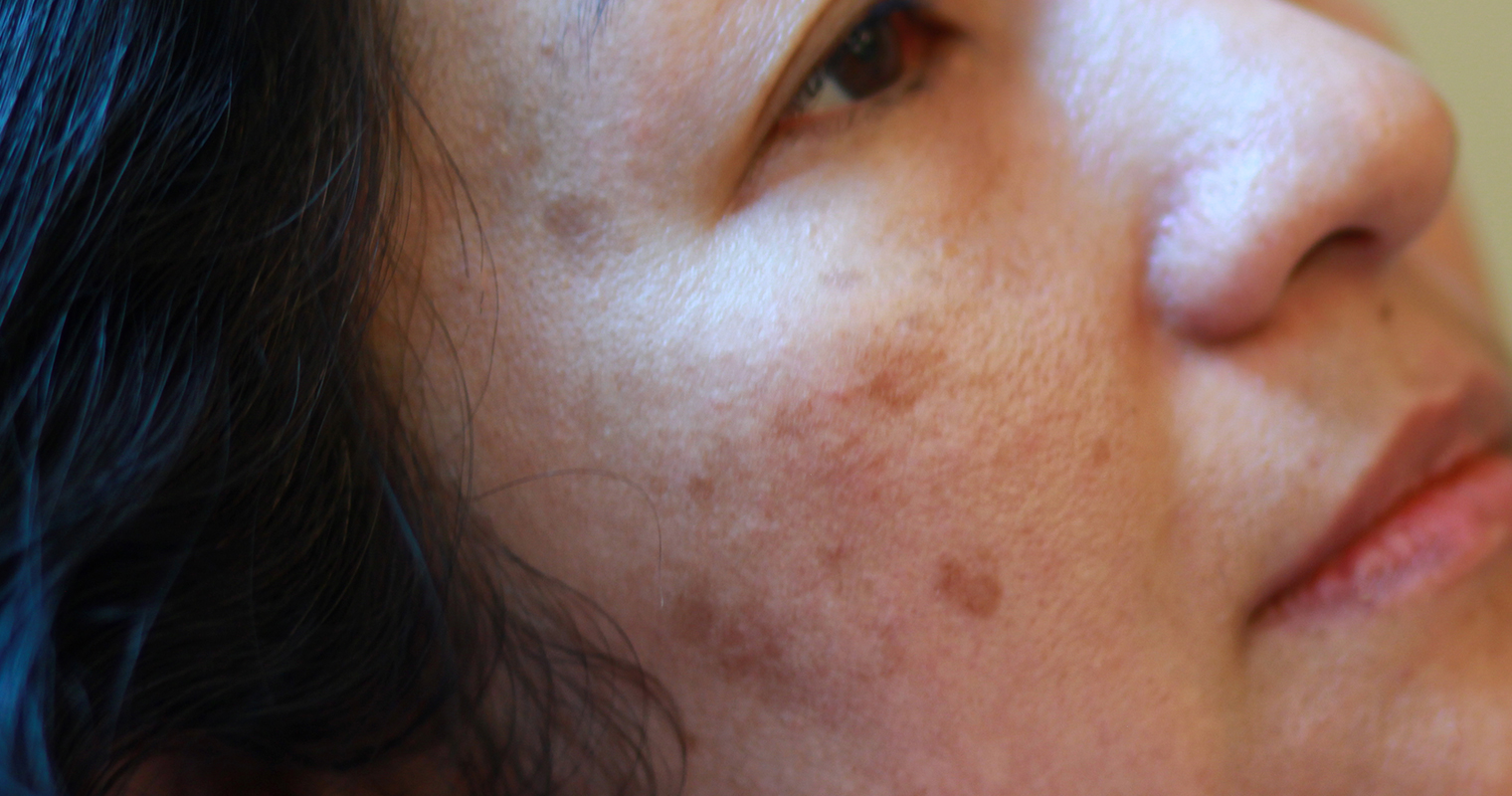
Common clinical treatments of age spots
While age spots do not cause any harm, they are usually treated for cosmetic reasons. Multiple treatment methods are available to alleviate or remove these spots.
1. Medications:
Many prescription medications are recommended by health practitioners to fade the age spots gradually. The most common medication includes bleaching creams, which primarily contain hydroquinone. Such creams take a few months to lighten the age spots. However, hydroquinone renders the skin more sensitive to UV damage. The use of sunscreen is a necessity at all times during and after the treatment even on cloudy days. Moreover, its high concentration can be toxic to the skin and can even increase the pigmentation in the case of prolonged use.
Steroids and Retin-A are also prescribed to treat age spots. However, they involve many risks. Hence, over the counter (OTC) products like kojic acid are a better option to get rid of this form of pigmentation. Kojic acid is a chemical produced from various fungi and despite having “acid” in its name, it is safe for skin use. Another popular treatment for age spots is vitamin C. Studies show that this vitamin can fade hyperpigmentation as effectively as hydroquinone without many side effects. Other safe options include licorice, ellagic acid, arbutin, and soy.

2. Medical Procedures
Age spots can be alleviated or removed through several medical procedures too. However, every medical procedure comes with the risk of side effects and complications. Here’s some detail on the types of procedures used to treat age spots.
A. Chemical Peels
This procedure removes the outer layer of the epidermis to reduce the appearance of pigmentation. It uses acids at a strong concentration to remove the epidermis layer. In some cases, the procedure is intrusive and the acids penetrate the dermis to ensure better results.
However, this is not the best (safest) treatment, especially for people who have regular exposure to the sun. It renders the skin more sensitive to the UV rays of the sun. Hence, caution is necessary for at least a few weeks after getting chemical peel treatment.

B. Intense Pulsed Light Treatment
This procedure is similar to the laser treatment except that it releases a range of light waves instead of just one. It penetrates deep till dermis without causing any harm to epidermis. Hence, it is safer for the skin. It targets melanin through heat which is created by the light energy absorbed by cells. By destroying the pigment, it removes the age spots.
C. Dermabrasion:
This procedure involves the use of a drill-like handheld device with an abrasive attachment. The tool is moved across the targeted area to smooth off the skin layers. It removes the top portion of the dermis and the whole epidermis. It can treat age spots, post-injury hyperpigmentation, and sun damage.
D. Cryosurgery:
In this method, liquid nitrogen is used to freeze age spots. It destroys the targeted cells at a certain temperature.
Natural & organic ways to deal with age spots
All the treatment procedures explained above come with some side effects. Hence, natural and organic methods are a better alternative. Here are a few natural ways to alleviate the age spots:
1. Apple Cider Vinegar
It contains acetic acid, which acts as a mild chemical peel and can help with skin discoloration. It gives better results than a chemical peel and does not involve the side effects associated with clinical treatment methods. However, it should not be applied directly at the face and/or at higher concentrations. It should be mixed with water before application on the skin, especially face.

2. Green Tea
Green tea has antioxidant properties and can help with pigmentation, especially age spots. One study shows that green tea extract manifested significant results in alleviating age spots as compared to placebo. It has a wide-prevailing use to remove scars and chickenpox spots. Its extract has been proven to successfully treat melasma and other forms of pigmentation. It is also believed to inhibit the harmful effects of UV rays on cells and prevent the DNA from getting affected by it.
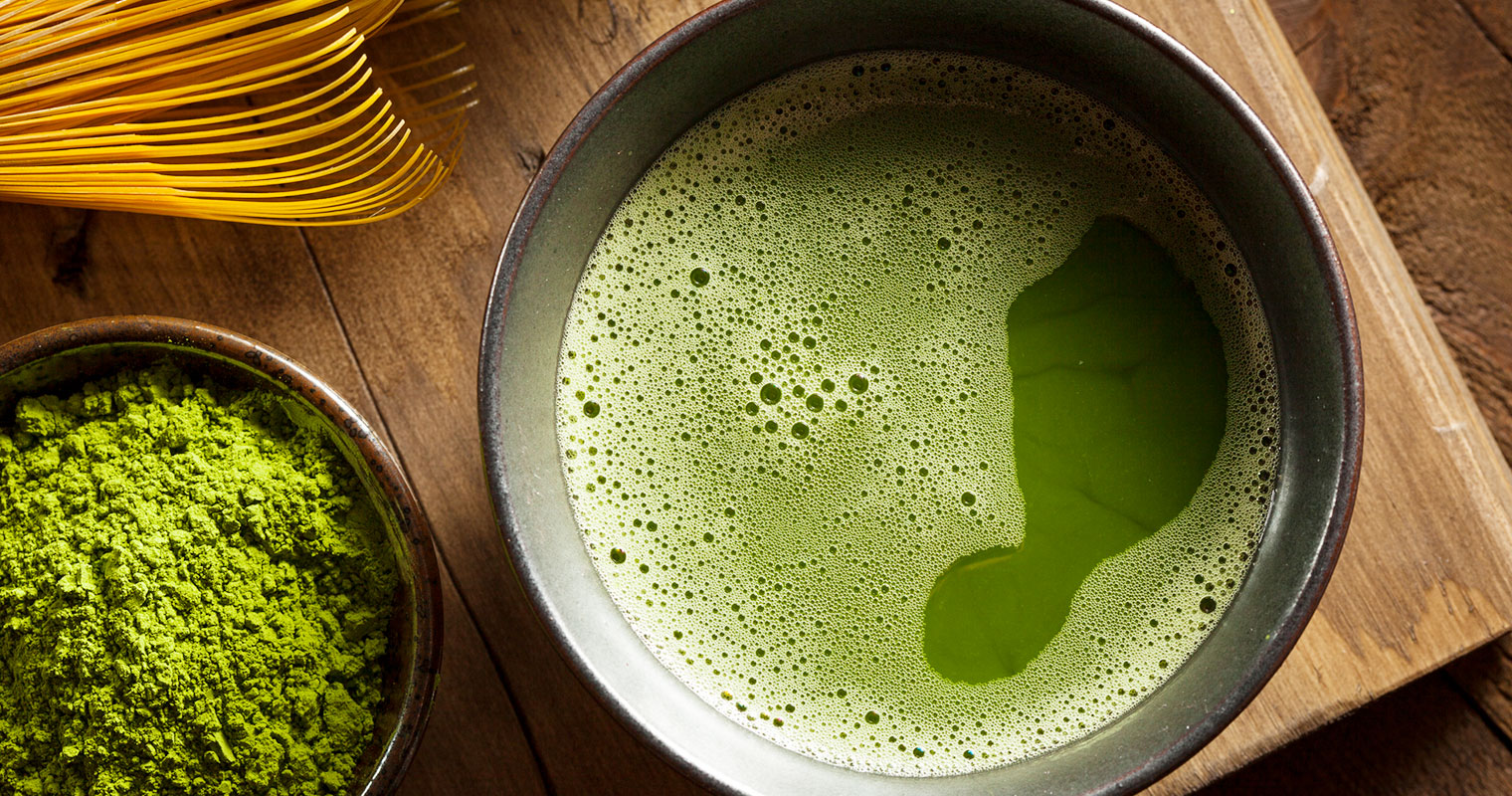
3. Vitamin C
Vitamin C or ascorbic acid has strong antioxidant properties and is known to treat pigmentation, including age spots effectively. One study investigated the effects of vitamin C as a superficial chemical on severe hyperpigmentation. A chemical peel containing ascorbic acid, alpha-hydroxy acid, and oxygen was applied to the participants. 96 percent of the patients showed considerable improvement in their condition. Another study observed the effects of combined topical ascorbic acid and trichloroacetic acid peel with just trichloroacetic acid peel on hyperpigmentation; 87 percent of the patients using combination therapy manifested improvement in their condition as compared to 67 percent using a single-ingredient chemical peel.
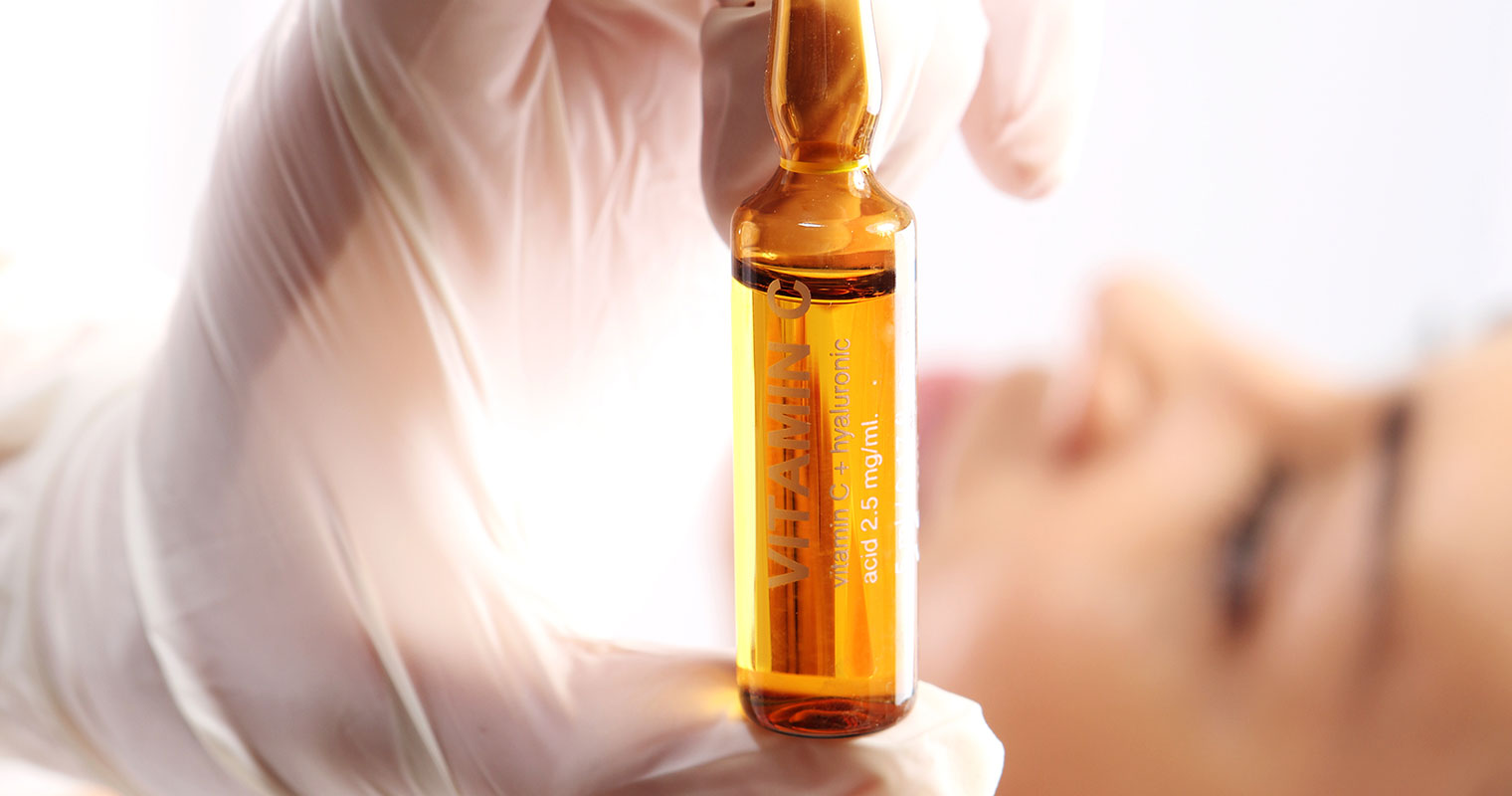
4. Argan Oil
Argan oil is used as a home remedy for dark skin and hyperpigmentation. It has been in use for centuries in several countries to maintain a fair complexion and to cure pimples. Scientific evidence supports its usage, as one study shows that the use of argan oil decreases the melanin content. It contains linoleic acid, which is a renowned solution for age spots. It suppresses melanin production and hence helps with hyperpigmentation. This association is dose-dependent, i.e., the reduction in melanin content increases with the increase in argan oil concentration.
5. German Blue
 At BlackPaint, we offer 100 percent natural and organic anti-pigment serum German Bue. It is an all-in-one serum that prevents aging and pigmentation while demonstrating anti-wrinkle, anti-scar, and anti-dryness effects. It contains argan oil, which has scientifically proven effects against age spots and other forms of hyperpigmentation. The serum’s efficiency is bolstered when used with Koicha Tea Soap – an organic soap is also anti-pigmentation, anti-aging, and anti-wrinkle. Its green tea and argan oil content helps lighten the dark spots while providing nourishment to the skin.
At BlackPaint, we offer 100 percent natural and organic anti-pigment serum German Bue. It is an all-in-one serum that prevents aging and pigmentation while demonstrating anti-wrinkle, anti-scar, and anti-dryness effects. It contains argan oil, which has scientifically proven effects against age spots and other forms of hyperpigmentation. The serum’s efficiency is bolstered when used with Koicha Tea Soap – an organic soap is also anti-pigmentation, anti-aging, and anti-wrinkle. Its green tea and argan oil content helps lighten the dark spots while providing nourishment to the skin.
Lifestyle changes to lessen and prevent age spots
Adopting certain lifestyle changes can help alleviate and prevent age spots. Developing healthier habits cannot only prevent several skin issues but also improve overall health. Here are a few tips that can help with age spots:
- Eating a healthy, balanced diet goes a long way in protecting skin health. Include those food items that slow down skin aging like citrus fruits and leafy greens. Avoid foods rich in refined sugars and carbohydrates, as they accelerate the aging process.
- Quit smoking, as smoking paces up the aging process, which results in the appearance of age spots.

- Avoid excessive alcohol consumption, as it also leads to oxidative damage and accelerates skin aging.
- Protect the skin against sun exposure. When outdoors, use a sunblock with a sun protection factor (SPF) of 30 or higher. Reapply if the exposure is prolonged.
- Limit tanning if you cannot drop it completely. Tanning beds are more harmful than sun exposure.
References:
https://www.ncbi.nlm.nih.gov/pmc/articles/PMC3723062/
https://www.ncbi.nlm.nih.gov/pmc/articles/PMC5843359/
https://www.ncbi.nlm.nih.gov/pmc/articles/PMC5843359/
https://pubmed.ncbi.nlm.nih.gov/25811473/
https://link.springer.com/content/pdf/10.1007%2F978-3-662-47398-6_172.pdf
https://www.ncbi.nlm.nih.gov/pmc/articles/PMC4292080/
https://onlinelibrary.wiley.com/doi/abs/10.1111/exd.13203


